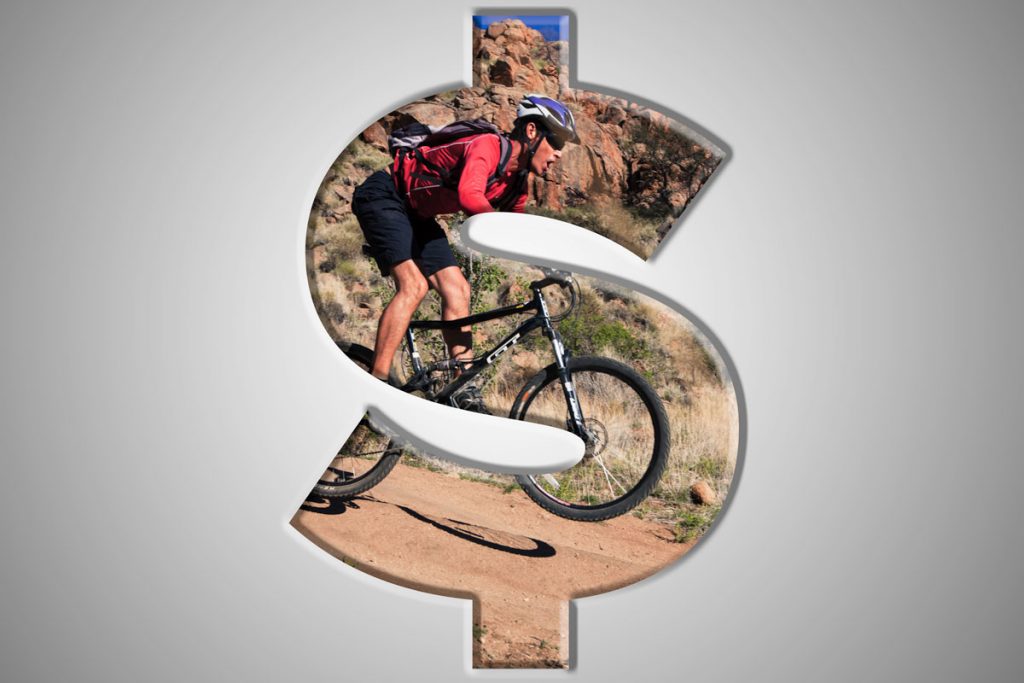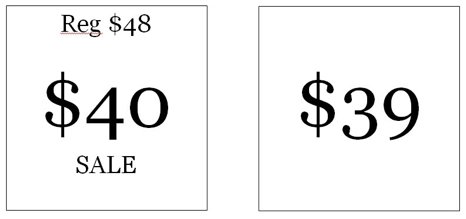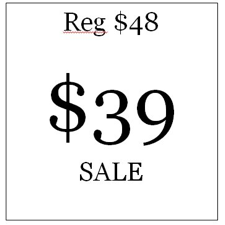By Christina Beckmann with Toni Neubauer, Gordon Janow, and Russell Walters
Virtues of Applying a Value Based Pricing Philosophy
A value-based pricing philosophy is recommended for many industries and absolutely applies in the adventure travel industry where uniqueness and differentiation are at the core of the offering. (Adventure travel is about as far from a commodity industry - and hopefully remains that way! - as one can get.)
Applying a value-based pricing approach to an adventure travel trip would take into account the cost to provide the trip, the price of the next best alternative to the trip, and then an added premium (or discount) based on differentiating attributes.
Using the results of the cost and price exercise above, take the time to deeply consider the value and differentiated aspects of your trip compared to your main competitors.
As an example of how to think about value-based pricing, consider this National Geographic Expeditions 12 day multi-sport itinerary to New Zealand (kayaking, hiking, helicopter sightseeing, bungee jumping, jet boating, skydiving). The price to the traveler of this trip is $7,695 USD.
Looking at alternatives, a traveler wanting to go on a multi-sport trip to New Zealand might also come across Backroads’ 8 day multisport trip (biking, hiking, kayaking) for $5,898 USD.
The immediately apparent points of differentiation from a traveler perspective:
- Tour duration - National Geographic Expeditions’ tour is 4 days longer than Backroads
- Luxury aspects - National Geographic Expeditions’ tour includes helicopter sightseeing
- Range of activities - National Geographic Expeditions’ tour includes options for sky diving, bungee jumping, and jet-boating
Although we don’t know information about what Geographic Expeditions’ base price is for the trip, we can easily see that they are charging 30% more for their trip. We can assume that from their experience in the industry and their knowledge of their core customer, they believe their clients will pay 30% more for the premium services they are offering.
As an article published in Forbes.com on the topic of pricing remarked, “Most companies today set prices by marking up costs, maintaining margins, using fly-by-the-seat analyses, matching competitors and doing things the way they’ve always been done. While familiar and easy to implement, these prices bear no relation to the amount that consumers are willing to pay. As a result, profits are left on the table daily.”
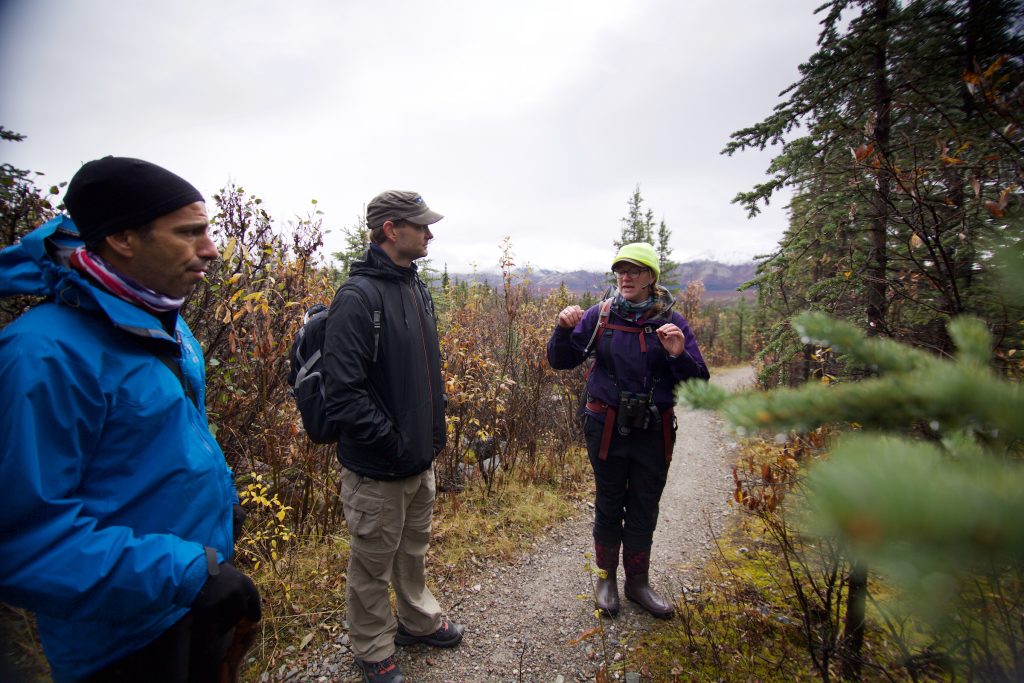
The value-based pricing approach is recommended with the reminders that:
- Customers willingly pay a higher price for more attributes
- Value rarely means the lowest price
- Products with more attributes can command a premium. Conversely, stripped down products can be made attractive with the right discount.
As important as understanding and accurately capturing costs, is sensitivity to your target customer. There are many different ways to segment adventure travel customers. Here are a few resources to support your efforts to refine your understanding of your target customers and find the right price point to win their business:
- ATTA has published several articles and a webinar sharing information from its US Adventure Pulse, which is based on a survey of 1700 adventure travelers in the United States. It describes three primary adventure travel personas.
- Destination Canada has also developed “Explorer Quotients” to describe traveler personas which apply to the adventure market.
- The Outdoor Industry Association has published research on the outdoor participant, with a set of profiles that are useful to adventure businesses.
The table below provides the detail of US traveler cost per day:
| When Using a Tour Operator or Travel Agent | On Their Own | |
| Grazers | $318 | $199 |
| Adventurers | $310 | $174 |
| Enthusiasts | $366 | $173 |
In addition the survey asked respondents to rank the main decision factor when booking a trip. Note that price is not found in this list!
- Seasonal weather
- Timing
- Best location for primary activity
- Going along with decision of travel companion
- Place on my bucket list
- Wildlife
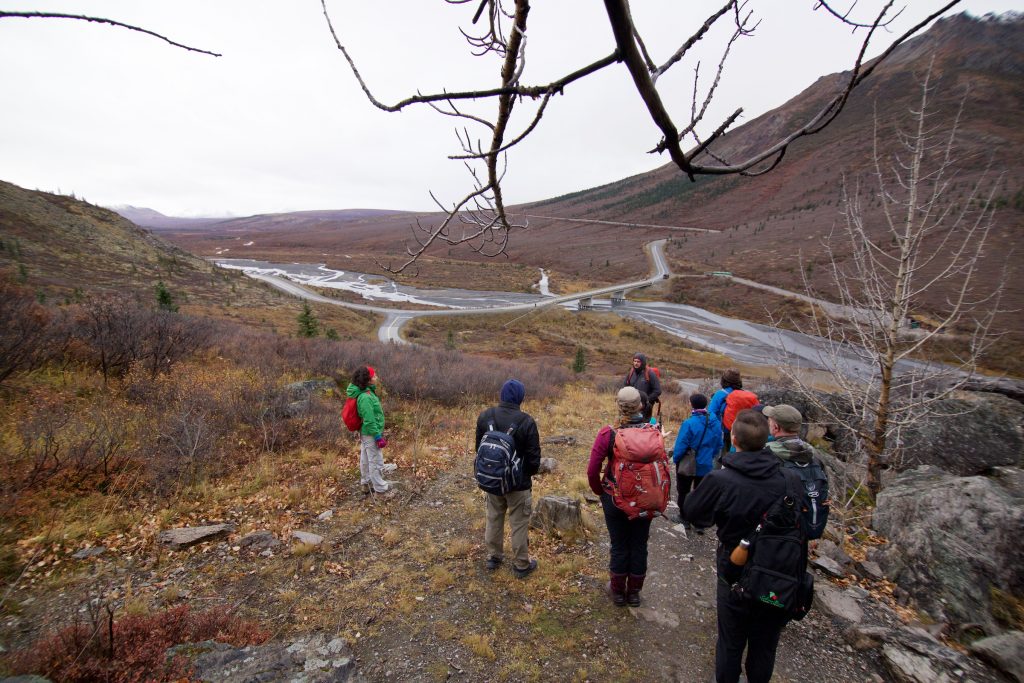
Useful Pricing Guidelines from the field of Behavioral Economics
This section looks at how to finally present the price, after you have established it. ATTA AdventureEDU educator Milena Nikolova shares some useful tips:
- Less is more: offer a small number of options. If you have a large portfolio, organize in subsets
- Focus on the gain: provide more details about the benefits. Build an irresistible list of items.
- Start with price if the intent is to focus on money and functional value; lead with description if the intent is to focus on pleasure and experience
- Provide price reference points, or anchors. The initial price exposure sets the context and frame of reference for decision-making.
“When people were offered to choose a trip to Paris (option A) vs a trip to Rome (option B), they had a hard time choosing. Both places were great, it was hard to compare them.
Now they were offered 3 choices instead of 2:
- trip to Paris with free breakfast (option A),
- trip to Paris without breakfast (option A-),
- trip to Rome with free breakfast (option B).
5) Make use of the number nine.
Also from Peep Laja: “in eight studies published from 1987 to 2004 charm prices ($49, $79, $1.49 and so on) were reported to boost sales by an average of 24 percent relative to nearby prices (as per Priceless).
Researchers found that sale price markers (with the old price mentioned) were more powerful than mere prices ending with the number nine.
In the following split test, the left one won:
Maybe number 9 not so magical after all? Not so fast! Researchers then split tested the winner above with a similar tag, but which had $39 instead of $40:
This had the strongest effect of all.
While some adventure companies say they never discount, others do so routinely for trips that are undersold. Something to keep in mind the next time you advertise a markdown.
"Read about "Calculating Your Base Price Step by Step" from last week's AdventureTravelNews.

